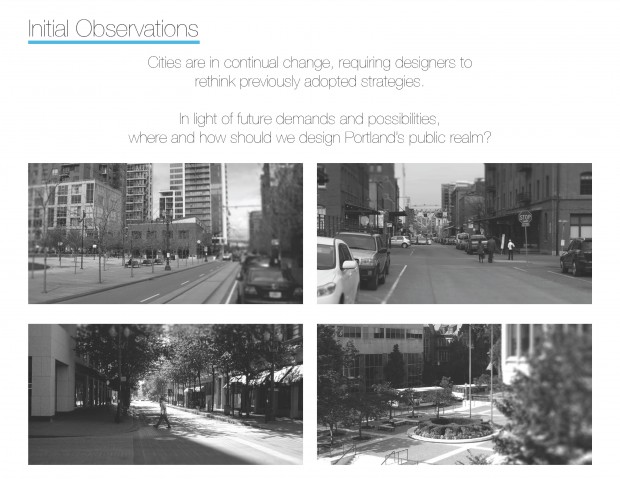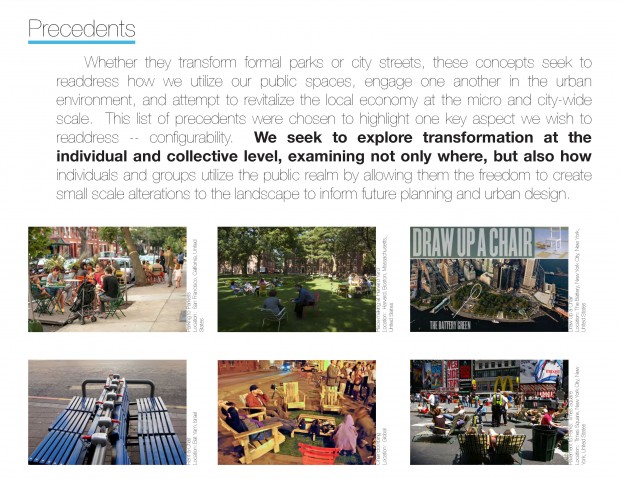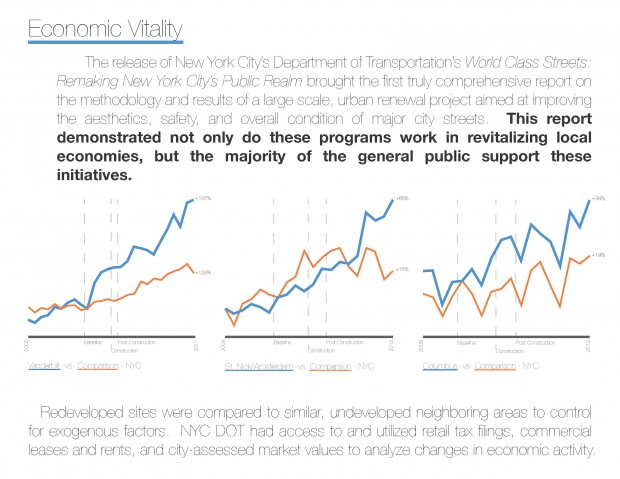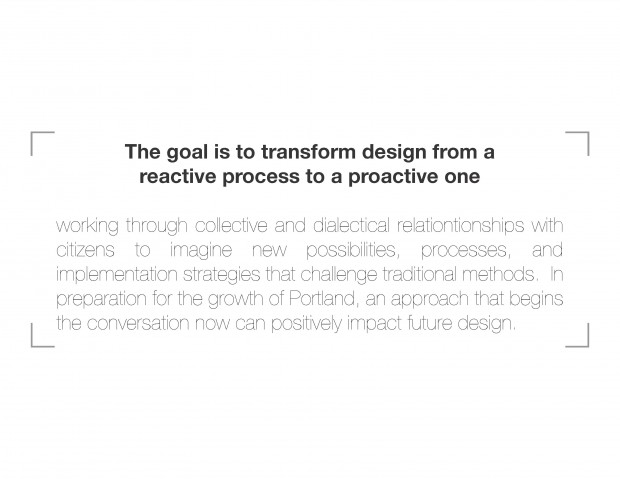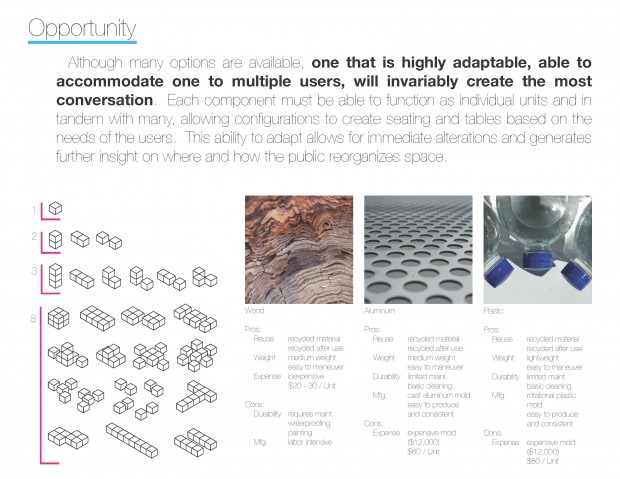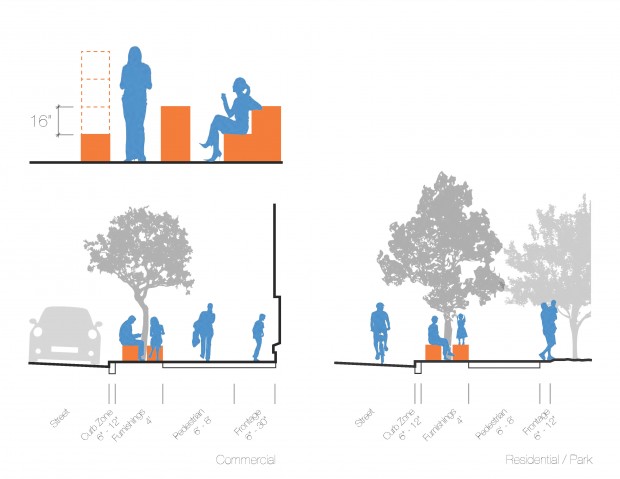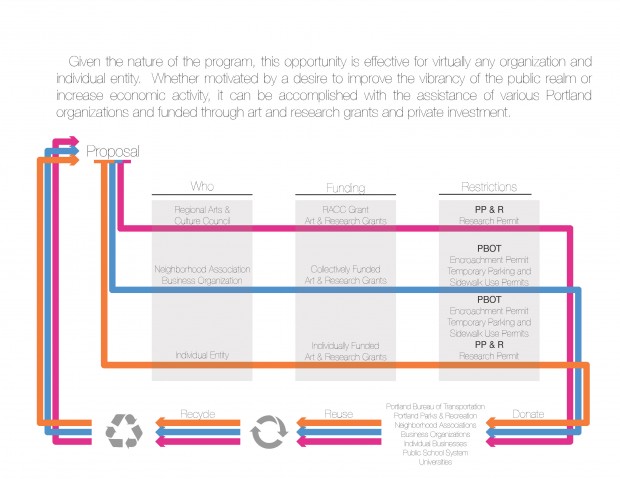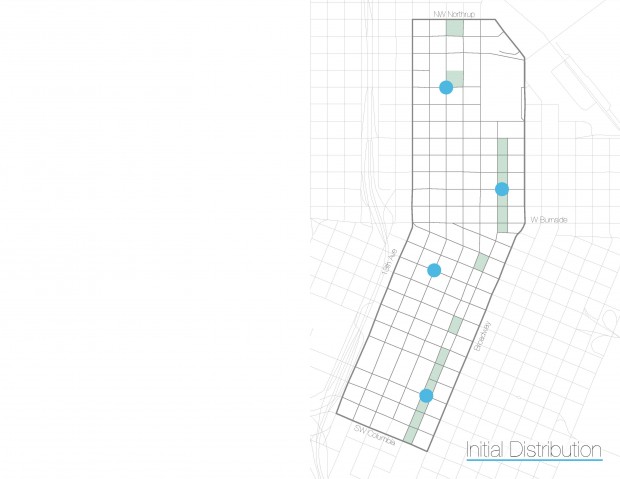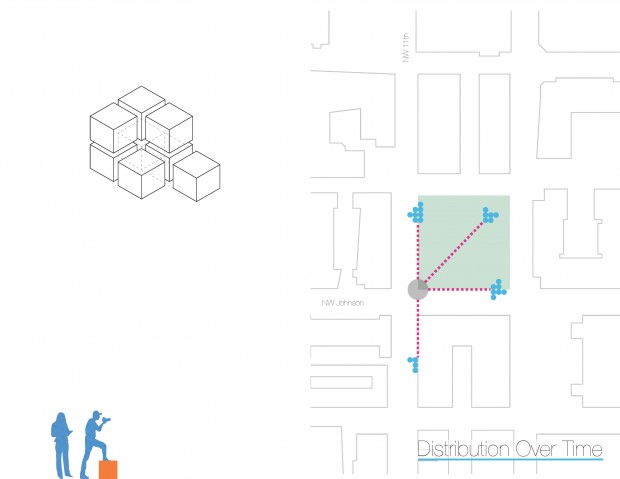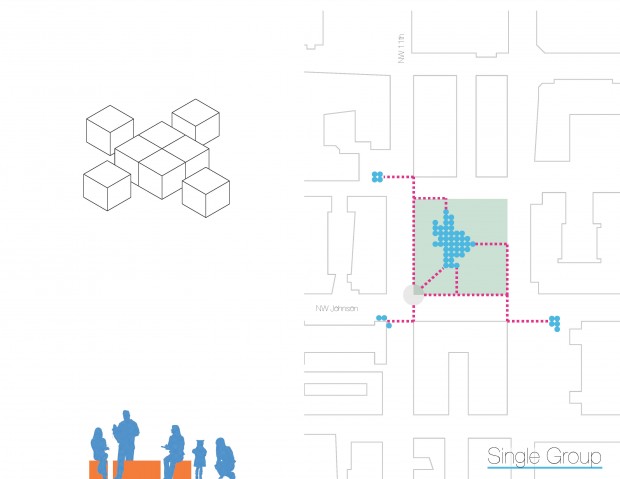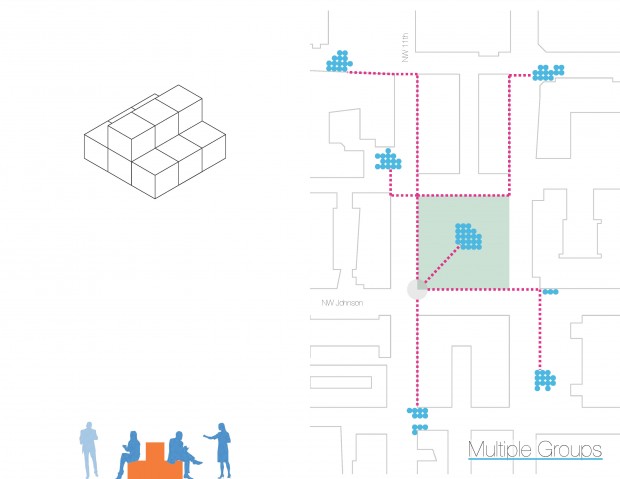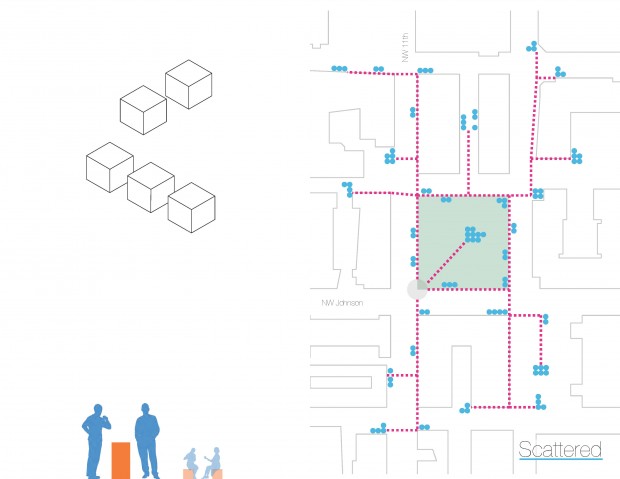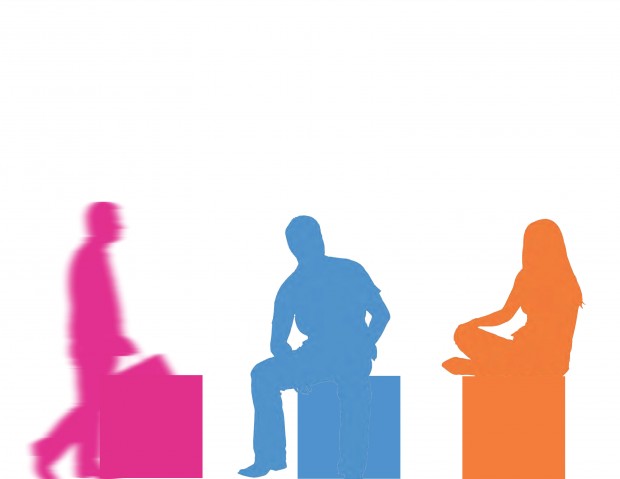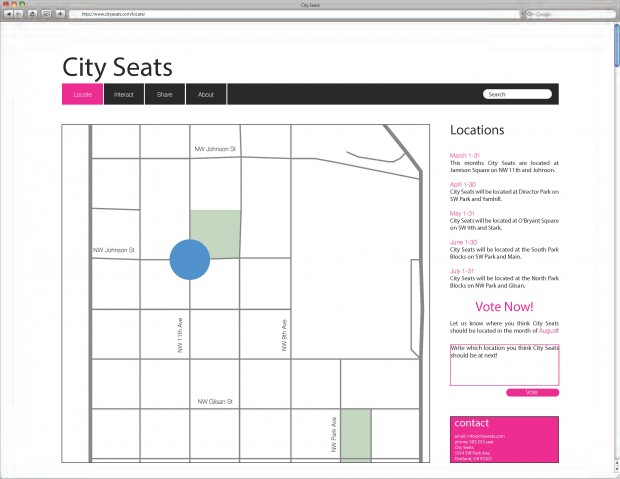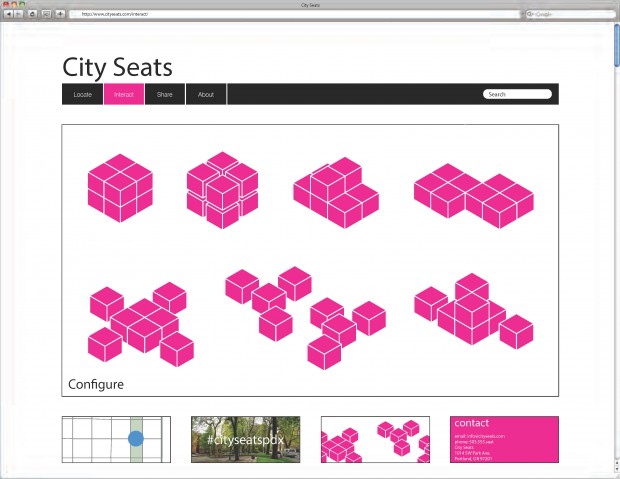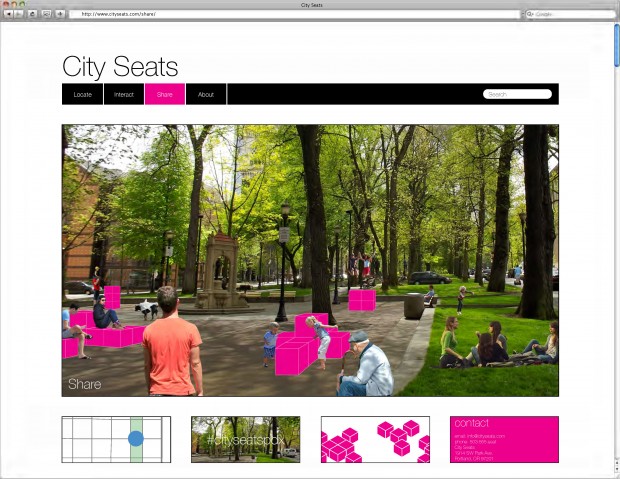Networked Urbanism
design thinking initiatives for a better urban life
apps awareness bahrain bike climate culture Death design digital donations economy education energy extreme Extreme climate funerals georeference GSD Harvard interaction Krystelle mapping market middle east mobility Network networkedurbanism nurra nurraempathy placemaking Public public space resources Responsivedesign social social market Space time time management ucjc visitor void waste water Ziyi
Initially our observations began with parks and plazas–what people typically view as public space. However, we began to refocus our attention to the general public realm–streets, sidewalks, empty lots, etc. Although the city of Portland provides its inhabitants with numerous planned public space, many of these remain underutilized throughout the majority of the week. We don’t necessarily see this as a “problem” currently, considering the population and density of Portland. However, with the projected growth–expected to double by 2060–we sought to improve it for the present and for the future.
To understand what our intervention could be, we looked at other examples that addressed similar issues. These case studies presented examples ranging from top/down to bottom/up processes, city sanctioned design strategies to guerilla tactics, free general public seating to paid options, and design competitions to impromptu decisions. Occurring in major cities such as New York and San Francisco, many of these strategies showed the success of such projects in improving local economies, public engagement, and safety. However, these design strategies lacked interaction with the public beyond a static location. With that in mind, we began to address an overarching theme:
To explore transformation at the individual and collective level, examining not only where, but also how people utilize the public realm.
However, understanding that such projects occur in highly populated urban settings helped to facilitate their success. As previously stated, Portland cannot be compared to such cities. With projected growth, such strategies could therefore become beneficial in the improvement and formation of new public dynamics before a reactive solution would be implemented. We sought to explore an option which proactively addressed potential issues the precedents reactively engaged, to seek options which began the conversation now to improve future development.
The goal is to transform design from a reactive process to a proactive one.
Our project sought to evolve what had currently been done. Where previous design strategies sought to merely engage the general populace, we created a solution that is highly adaptable, able to accommodate multiple users to extend beyond that. This configurability would ultimately create the most conversation regarding not only where people use the public realm, but also how people utilized their created space. Simple cubes created the most opportunities without being overly complicated for the general user. They are similar in height to a standard seat and when stacked, comparable to a standard table. Once sites are identified for optimal study, distribution patterns could then be studied to see where they migrate throughout the space and how they orient themselves to one another, to adjacent establishments and to users. A public website would be created to provide information regarding the project and its goals, possible configurations for users to reference, and the option for participants to share their ideas and creativity. Using this medium as a database, future planners and designers could utilize this citizen generated data to create new possibilities and improve existing pedestrian infrastructure.

